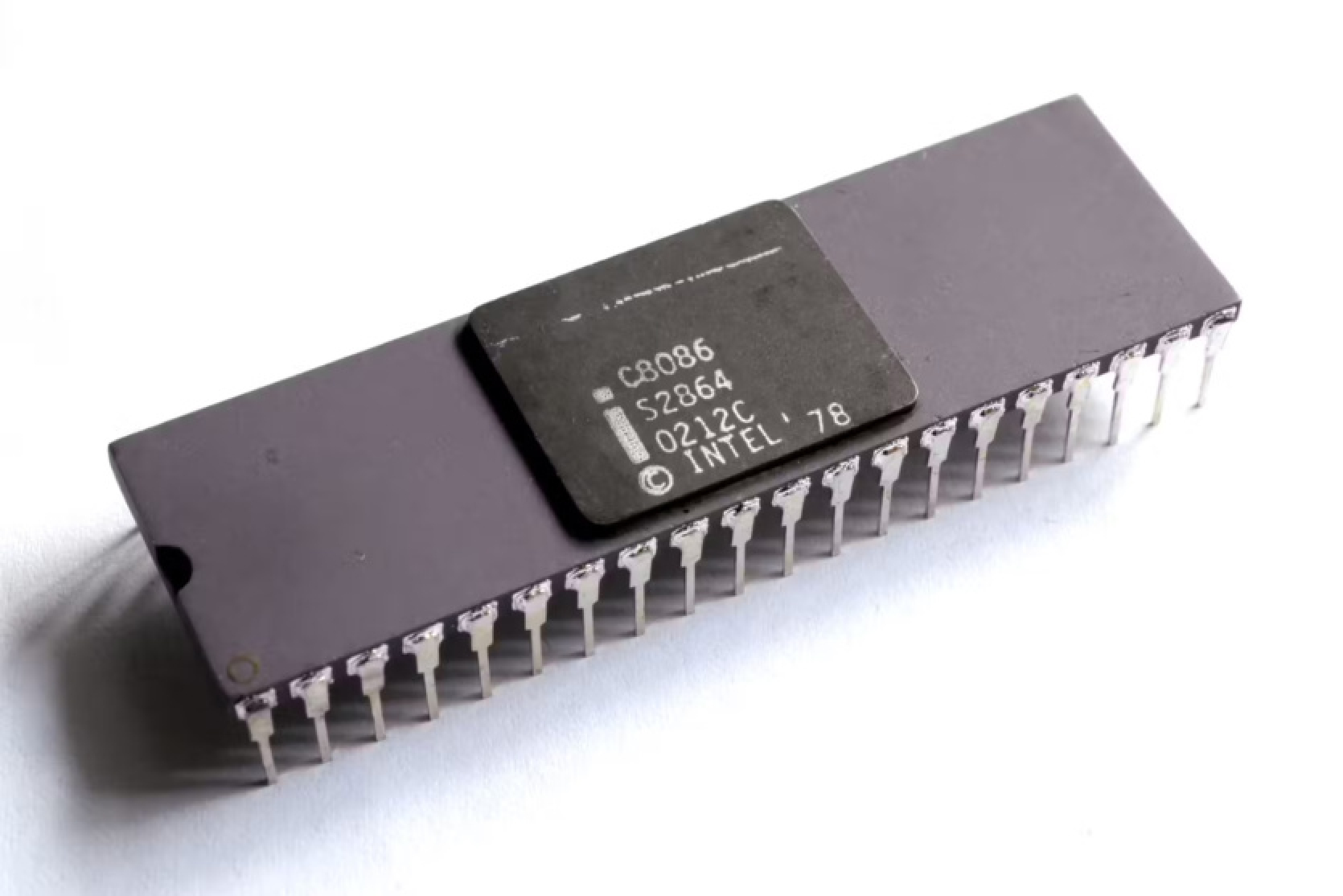The impact of the Intel 8086 processor on the computer industry cannot be overestimated. It laid the foundation for the x86 architecture, which still powers most computers today. The Intel 8086, introduced on June 8, 1978, 46 years ago.
The Intel 8086 was developed by a team under the leadership of Stephen Morse. At that time, Intel was facing tough competition from Motorola, whose 6800 processor was popular on the market, even though it used a flat address space instead of segmented memory addressing. The 8086 was Intel's response to the need for more powerful and versatile computing devices.
With a clock speed of up to 10 MHz and a 16-bit architecture, the 8086 was a significant step forward compared to its predecessors. It utilized the Complex Instruction Set Computing (CISC) architecture, which is still used in processors today. Its versatility made it popular for business and personal computers. It also laid the foundation for Intel's commitment to CISC architecture, while companies like Arm used RISC.
The Intel 8086 also introduced several important features, such as segmented memory addressing, which allowed access to a larger memory space than previous 8-bit processors. Dividing 1 MB of memory into 64 KB segments was crucial for running more complex programs and operating systems. The chip's architecture paved the way for the next processor, the 8088, which became the basis for the IBM PC.
The 1978 processor laid the foundation for a line of chips that included the 80286, 80386, 80486, and the legendary Pentium series. The most notable legacy of the 8086 is its Instruction Set Architecture (ISA), which has been supported and expanded for decades. Intel also acknowledges its importance: in 2018, the company celebrated the 40th anniversary of the 8086 with the release of the Core i7-8086K processor.
Source: XDA














Comments (0)
There are no comments for now